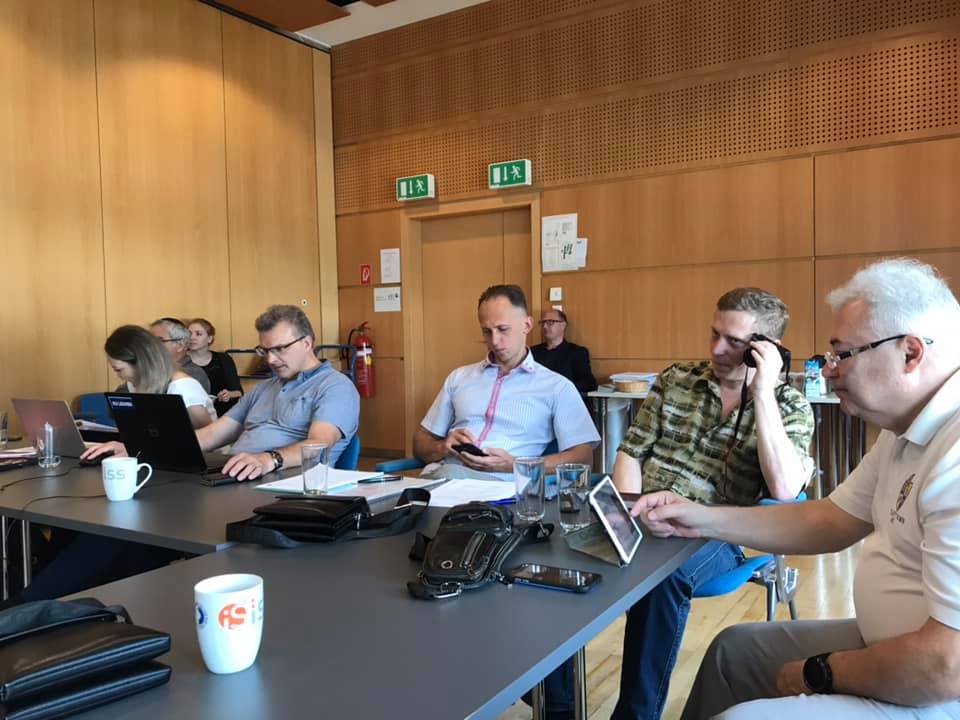[vc_section][vc_row][vc_column][vc_row_inner][vc_column_inner width=”1/4″][vc_single_image image=”2733″ img_size=”full” el_class=”.non-padding” css=”.vc_custom_1572442136367{margin-right: -15px !important;margin-left: -15px !important;}”][/vc_column_inner][vc_column_inner width=”1/2″][/vc_column_inner][vc_column_inner width=”1/4″][/vc_column_inner][/vc_row_inner][/vc_column][/vc_row][vc_row][vc_column width=”1/4″][vc_column_text css=”.vc_custom_1641488474036{margin-left: -15px !important;padding-top: 5px !important;}”] Syllabus
Moodle
Learning materials [/vc_column_text][/vc_column][vc_column width=”3/4″][vc_column_text]
Learning outcomes:
Students should be able to:
– to develop a working hypothesis, to plan and set up experiments to test the hypothesis and achieve an engineering goal with the help of appropriate technologies, technical tools and tools;
– to create and improve the means, methods and technologies of biomedical engineering for research and development of bioengineering objects and systems of medical and technical purpose;
– analyze complex medical engineering and bioengineering problems and formalize them to find quantitative solutions using modern mathematical methods and information technologies;
– solve complex problems of biomedical engineering with application of methods of mathematics, natural sciences and engineering sciences;
– to study biological and technical aspects of functioning and interaction of artificial biological and biotechnical systems.
[/vc_column_text][/vc_column][/vc_row][/vc_section]

